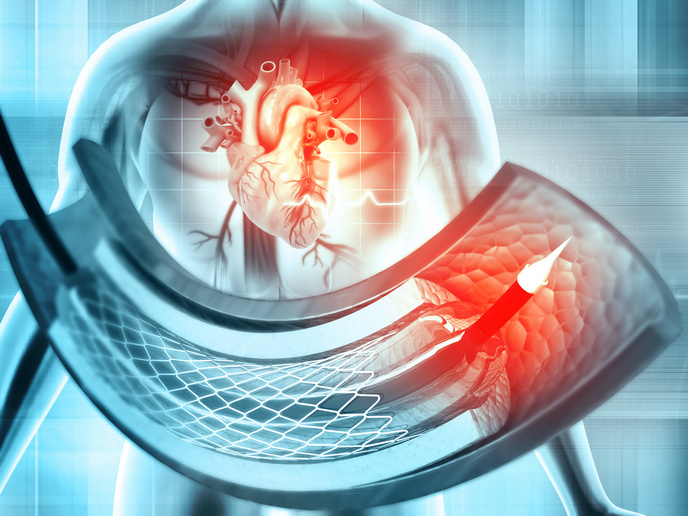AI-controlled robotic catheters for heart surgeries
Cardiovascular diseases are a major global threat, and lead to around 11 % of the EU’s healthcare spending each year. In many cases, treatment requires surgeries which can bring complications. Minimally invasive operations involving catheter-based procedures are rapidly gaining ground. “Transcatheter technologies aim at repairing or replacing diseased heart structures by implantable devices deployed inside the heart,” explains Emiliano Votta, associate professor in Biomedical Engineering at the Polytechnic University of Milan. These technologies avoid some of the risks of standard surgery, yet can be complex and therefore sometimes unsuccessful. As operators’ experience is key, transcatheter interventions are also limited in their availability to patients, and the X-ray can expose patients to unnecessary danger. Researchers in the EU-funded ARTERY project developed new robotic catheters, driven by the assistance of AI algorithms. These catheters automatically find their way to the target based on the input of the operator, who can visualise the heart and monitor the catheter through a holographic interface with no need for X-ray imaging.
Holographic interface of the heart
ARTERY developed a proof of concept of a ‘shared-autonomy’ robotic platform, with automatic catheters guided by human operators in case intervention is needed. A robot drives an echocardiographic probe through the oesophagus. the probe is a catheter whose tip captures echocardiographic images of the heart. Meanwhile, other catheters are driven by another robot to deploy the device into the heart. The transoesophageal probe and the other catheters are equipped with sensors that reconstruct their position and shape in the 3D space. The main operator can visualise the relevant information and interact with the robots through holograms. When the catheter reaches the heart, the operator can see the hologram of the 3D intracardiac environment through the echocardiographic images. The catheter and relevant anatomical landmarks are automatically recognised by an AI model. Based on this information, the operator can easily define the target to be reached by the catheter. Another AI model identifies the optimal catheter path, which is implemented by the robots.
Experimental set-ups
All tests in the ARTERY project were carried out in a lab, allowing the team to develop highly realistic experimental set-ups, including deformable replicas of the relevant tissues: blood vessels, heart structures and the oesophagus. As the project progressed, the various technologies were integrated and tested through to trials with the full robotic system. The team then ran two series of tests in a real surgical room, to understand how the platform should be configured.
Key technological advancements
The project delivered several notable advances in both hardware and software. On the hardware side, these included the development and patenting of new-generation sensors, prototyping of a brand-new catheter, and a robotic driver for the echocardiographic probe that was positively judged by clinicians. “This proved very useful even as a stand-alone technology, as it reduces the physical workload and allows them to teleoperate the probe, thus avoiding X-ray exposure,” says Votta. On the software side, new algorithms were developed to automatically analyse echocardiographic images. “These could be useful also beyond the context of the ARTERY robotic platform, for example supporting diagnosis and planning of interventions,” adds Votta.
Development toward clinical trials
The researchers are now evaluating the translation of some of their new technologies into real product prototypes, and are applying for further funding through the European Innovation Council (EIC) funding scheme.
Keywords
ARTERY, catheter, cardiac, surgery, AI, algorithm, robot, automatic



